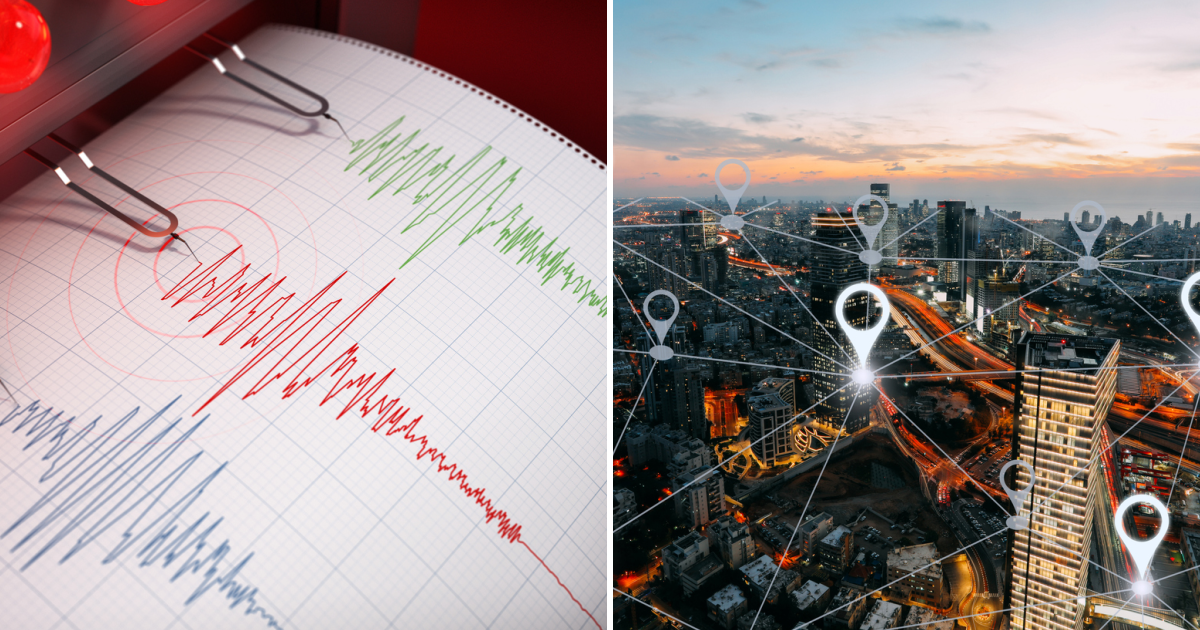
Natural disasters are one of those things that everyone would love a head’s up for – preparing is one thing, but knowing when and where things like tornadoes and earthquakes are coming would totally change the game.
The team of scientists involved in this discovery analyzed GPS data surrounding 90 large earthquakes measured at a magnitude of 7 and above. In doing so, they found evidence that GPS can pick up the vibrations tectonic plates make when they begin to shift – before the powerful tremors that follow.
“The existence of an observable precursory phase of slip on the fault before large earthquakes has been debated for decades.”
Previously, it’s been hard to connect the signals to actual seismic activity because they “do not directly precede earthquakes, are not seen before most events, and are also commonly observed without being followed by earthquakes.”
This study, though, revealed something more.
“We found a roughly two-hour-long exponential acceleration of slip before the ruptures, suggesting that large earthquakes start with a precursory phase of slip.”
Which would mean a more reliable way to notify people in advance.
“If it can be confirmed that earthquake nucleation often involves an hours-long precursory phase, and the means can be developed to reliably measure it, a precursor warning could be issued.”
More research is needed before they would be able to apply this data in a real-world scenario, though, especially in time to provide a useful warning.
“It will be important to fully explore how often similar slow slip episodes occur as false starts, without being followed by earthquakes.”
Any real warning is better than what we’re currently working with, and scientific studies that save lives really should go to the top of the funding list.
If you ask me, anyway.